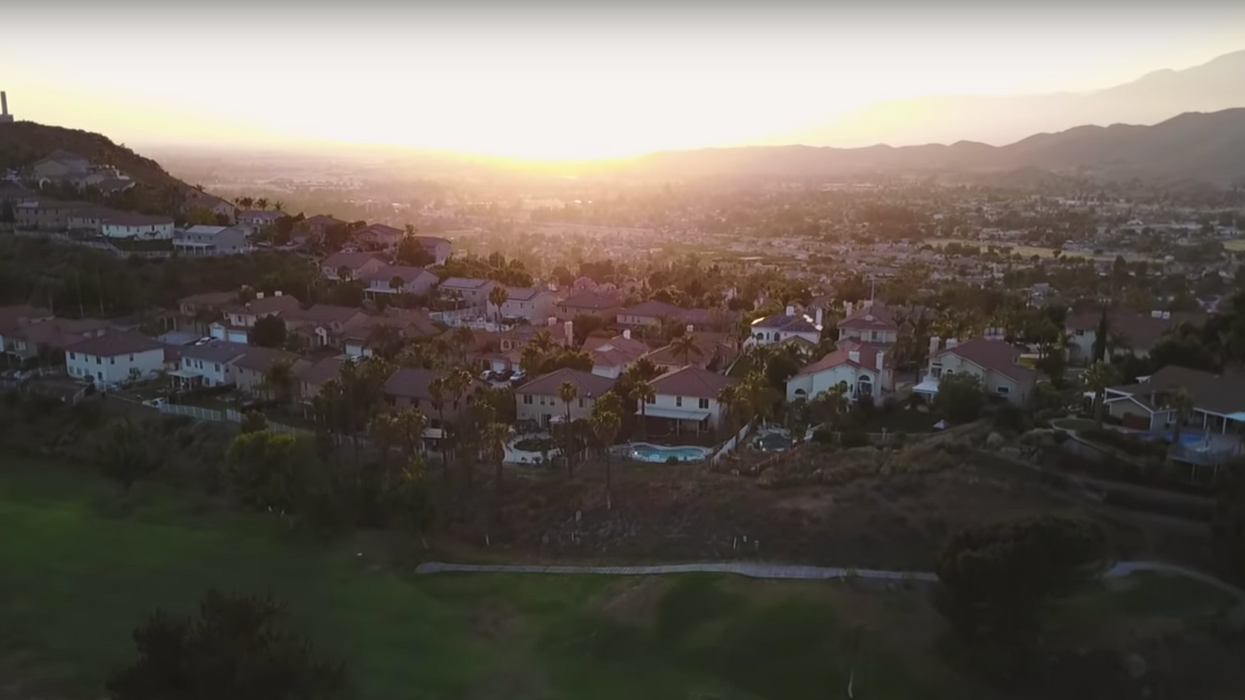The Effects These 5 Essential Drone Shots Have on Your Audience
Yeah, drone shots are cool, but they're so much more than that.

I think we can all unanimously agree that drones have not only made filmmaking more fun but also took cinematography to a new level. Now that this stylish kind of camera work is accessible to just about everyone, shots like aerial overheads and orbits have become a common fixture in films, music videos, and just about any other type of video out there. But adding these shots to your work isn't just about making stuff look cool—they can speak volumes to your audience.
Plus, if you'd truly to master all of the camera shots, angles and movements, the drone shot is a crucial shot type to learn.
Take a look at this video from Adorama to get a crash course on five of the most essential drone shots being used right now and then continue on to learn more about how you can use each of them to tell more engaging visual stories.
Now that you have a better idea of how to move your camera when flying a drone, I think it's important to also learn why you might want to do it in the first place. Again, making something look cool isn't really a good enough reason for narrative filmmaking; you also need a motivation behind your stylistic choices. So, let's quickly go over a few scenarios in which each of these shots would help you further your stories along.
- The Reveal: These shots make excellent establishing shots. So, if you want to reveal the city or town your film takes place, an important location in your film, or even your protagonist, fly your drone over or through an area that obstructs your audience's view of it.
- Tilt Reveal: Much like a simple Reveal shot, the tilt reveal adds a little bit of mystery to the scene. Why? Because the camera acts as the eye of the audience, scanning the area looking for something interesting or mysterious to pique its interest.
- Top Down: These shots are compelling to look at because they offer a point-of-view that most of us never get to see, and that quality is actually what makes it such a compelling shot narratively, as well. Because that perspective is unfamiliar, these shots can be disorienting to your viewer, forcing them to make sense of what they're looking. They also have an inherent connotation ("God's-eye-view") to power, surveillance, paranoia, fear, and distrust.
- The Orbit: An orbit shot makes the world look like it's spinning around a subject, which could be useful if you want to tell your audience that, well, your subject feels like the world is spinning. Use it to communicate negative emotions, like panic, inebriation, or feelings of being lost, as well as positive emotions, like love, euphoria, or even a sudden realization—an "everything is coming together" moment.
- Tilt While Tracking: This shot is interesting because its effect on the viewer changes depending on what you choose to focus on. For example, if you tilt down on a man walking, not only is your audience going to think that he is important to the story in some way, but they'll also feel as though things are not what they seem or a bit of distrust. However, if you tilt down on an object, like a statue or a flagpole, it might simply cause a disorienting feeling to prepare for an ominous or topsy-turvy scene.
This is just the beginning. There are so many other important drone shots that are worth exploring. What are some of your favorite drone shots and how have you used them to tell better stories? Let us know down in the comments.
Source: Adorama












